Imagine a fairytale castle and you’re probably imagining Castell Coch. The castle you see rising out of the side of the hill overlooking the A470 just past Taffs Well is not the original castle on the site. It is the third castle, built on the remains of the previous ones.
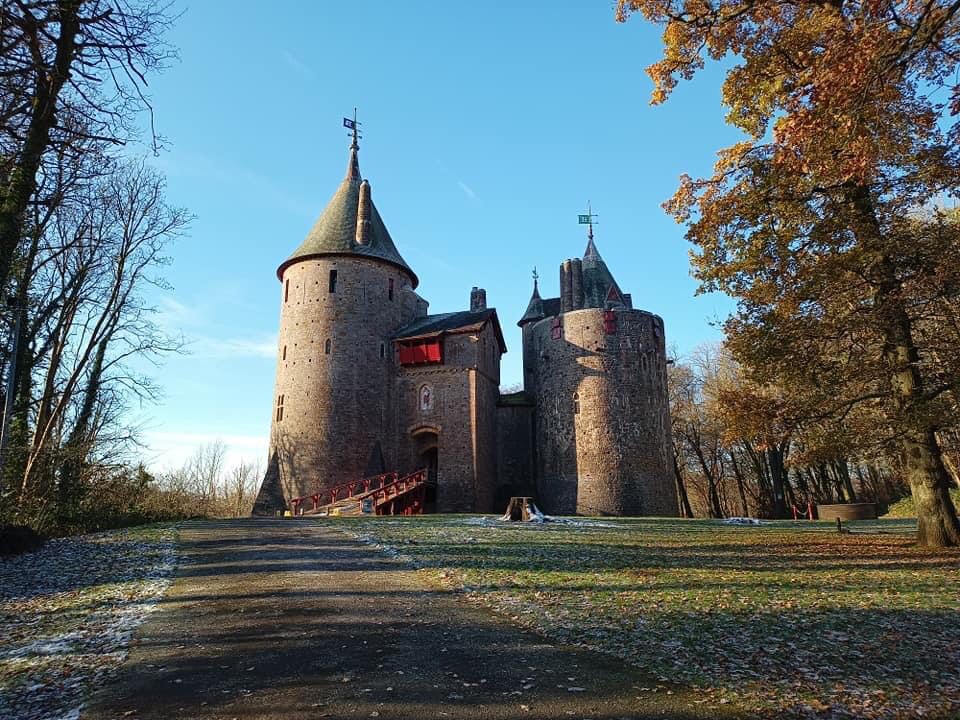
The first being a Norman castle built in the 11th century to protect Cardiff, but abandoned relatively quickly.
The second was built in the 13th century on the same spot by one of the most powerful Marcher Lords, Gilbert de Clare. Gilbert was known as Red Gilbert, or the Red Earl. Castell Coch translates as the Red Castle, but not named after Red Gilbert, but the red sandstone it was constructed from. The 6th Earl of Hereford, 7th Earl of Gloucester, not only did he have extensive Welsh land, but over 200 English manors as well. Gilbert has a rather chequered history. During the second barons war, he sided with Simon de Montfort against the crown and he also led the massacre of the Jews at Canterbury. He was excommunicated by Pope Clement IV. Despite being declared a rebel, he later swapped sides, pledged allegiance to the crown, and shared the victory of Kenilworth.
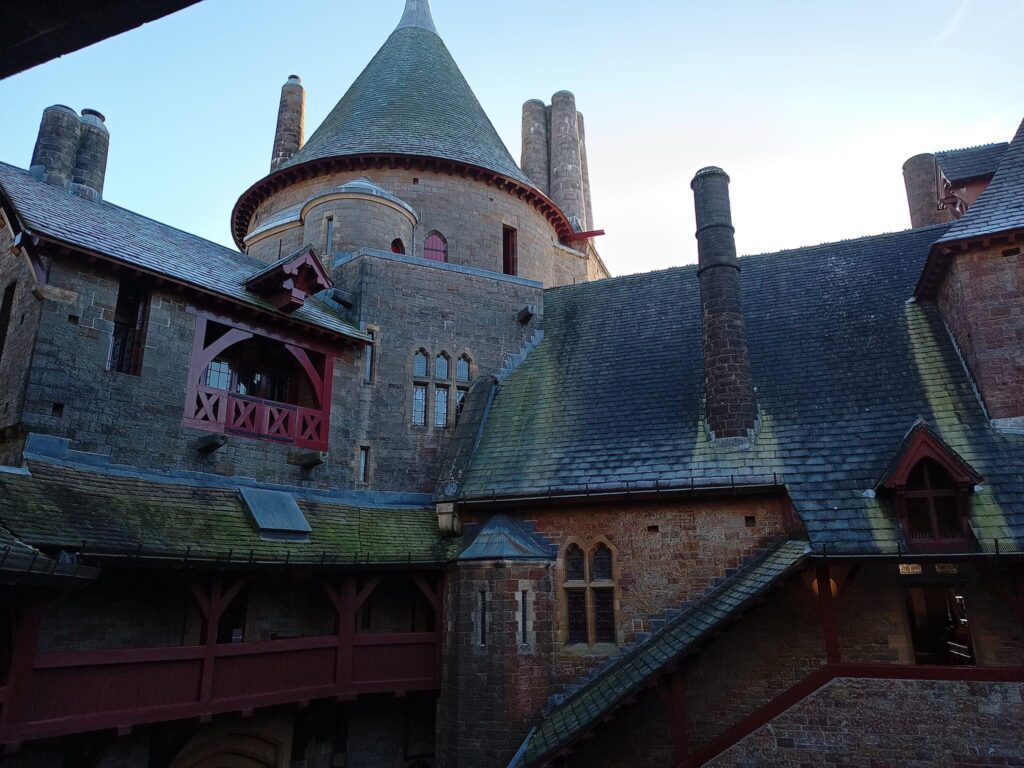
His castle was likely destroyed in the Welsh rebellion of 1314. The ruins remained for hundreds of years with the ownership passing to wives and later ancestors.
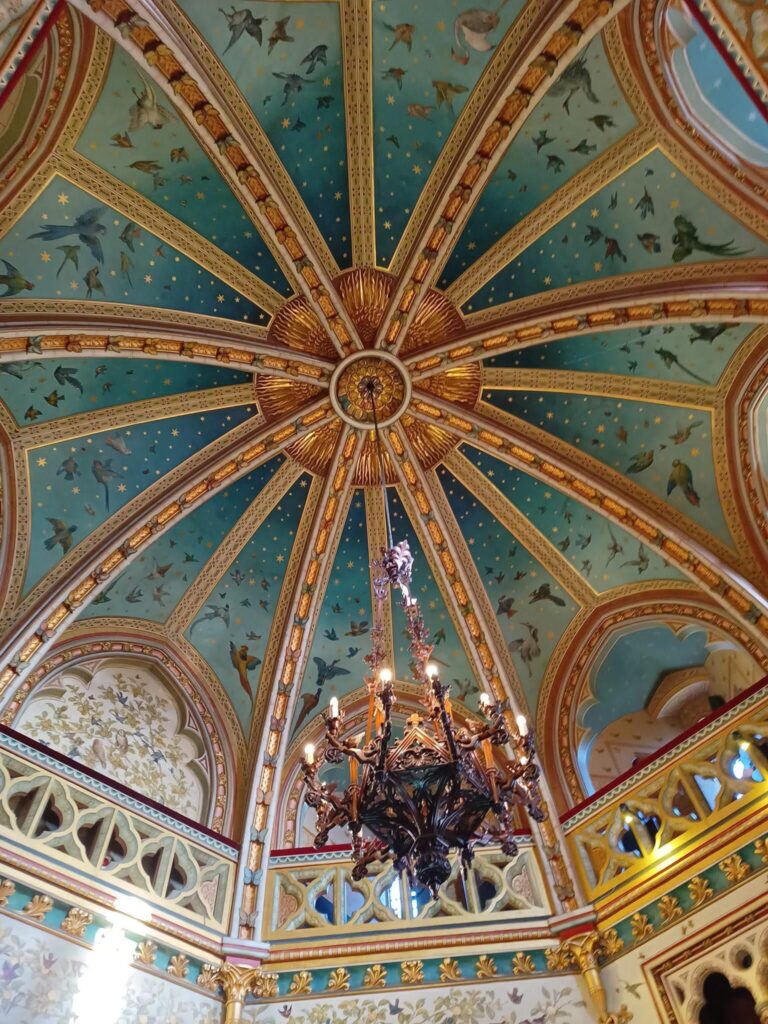
In 1848, over 500 years later, the ruins were inherited by the 3rd Marquess of Bute. He inherited the title at the age of six months and he was reputed to be the richest man in the world. His father, the second marquess was the founder of modern Cardiff.
John Crichton-Stuart, the third Marquess, was an industrial magnate, philanthropist, scholar, antiquarian and a passionate architectural patron. In 1865 he met the architect William Burges and with a vast amount of money and imagination, two of the finest examples of gothic revival castles were created. Cardiff Castle and Castell Coch.
Castell Coch is a medieval fantasy castle. The recreation is architecturally authentic, but has the convenience of modern life. Central heating wasn’t a feature of medieval Britain, but let’s face it, who wouldn’t put it in a castle they were building if they could?
Despite lavishing vast sums of money on the building, the Marquess didn’t spend much time there. In fact, not all of the rooms were even finished.
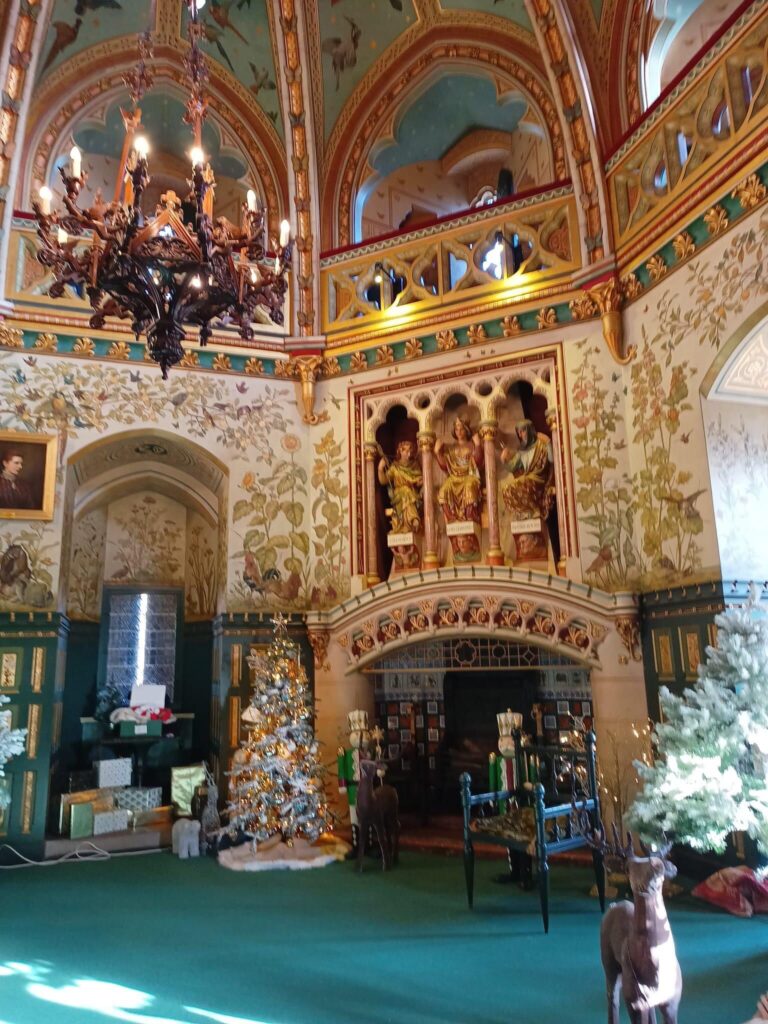
The castle fell into disuse until it was requisitioned for British and American troops during the Second World War. It has been used as a film and television location for nearly 70 years. Films from the Black Knight and Sword of the Valiant to popular television series such as The Worst Witch, Wolf Hall and Doctor Who have made use of the castle.
These days the castle is run by Cadw, the Welsh government protecting the Welsh historic environment. The castle is open to visitors most of the year, as well as being used for private events and weddings.
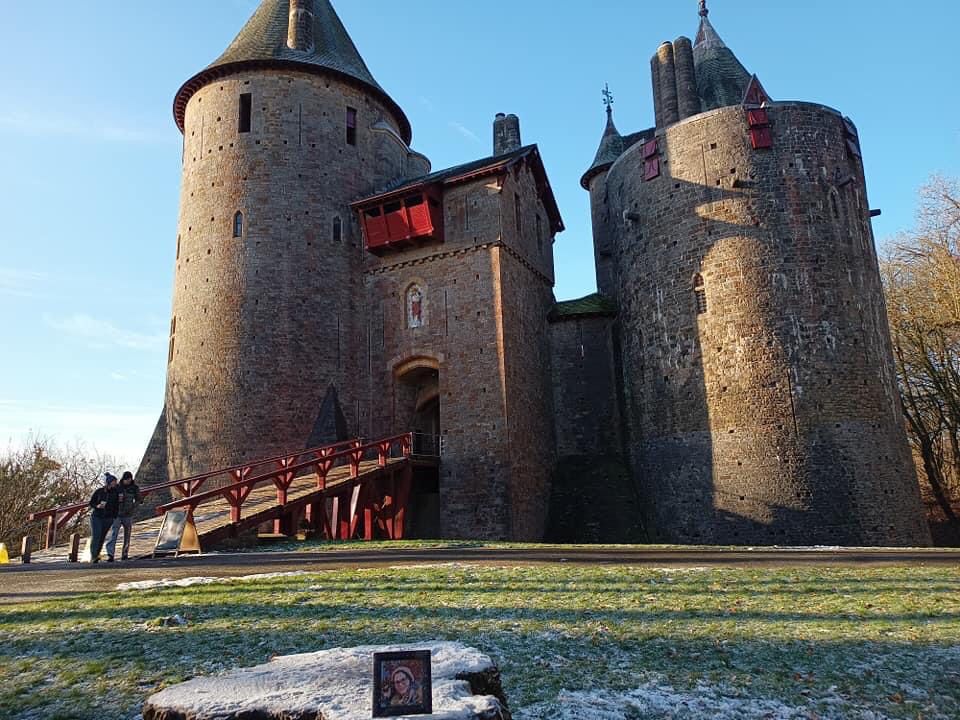
The first challenge is finding it. Despite being visible from the main road (it looks as if its floating in the trees on the side of the hill), it isn’t well signposted. Set your SatNav to the village of Tongwynlais and about a third of the way in is a very subtle sign up to the castle on your left. It’s a steep climb up. Once there, there is plenty of space for parking. Keep walking up when you have parked and you come to the magnificent twin towers creating the entrance. Over the drawbridge you go.
As soon as you step inside, you’ll feel as if you have stepped back in time to the medieval period you’ve seen created in films. Most castles that you visit are largely ruins, but this one feels as if you could move in tomorrow (and I would, in a heartbeat!).
There is a very quaint coffee shop just to your left as you go in. Service is very friendly and there’s a decent range. Toilets are a little tucked away and you need to ask for directions. Most of the rooms are up, so if you can’t manage stairs, this might not be the best place to visit.
The rooms are beautiful. Although there are some modern, Victorian touches, the design was largely in the spirit of the medieval tradition, including the beds and other furnishings. Its a bit of Tardis (yes, I know I mentioned Doctor Who a few paragraphs ago), from the courtyard it looks quite a modest size, but once inside the castle, there is plenty to see and it’s really fun to explore.
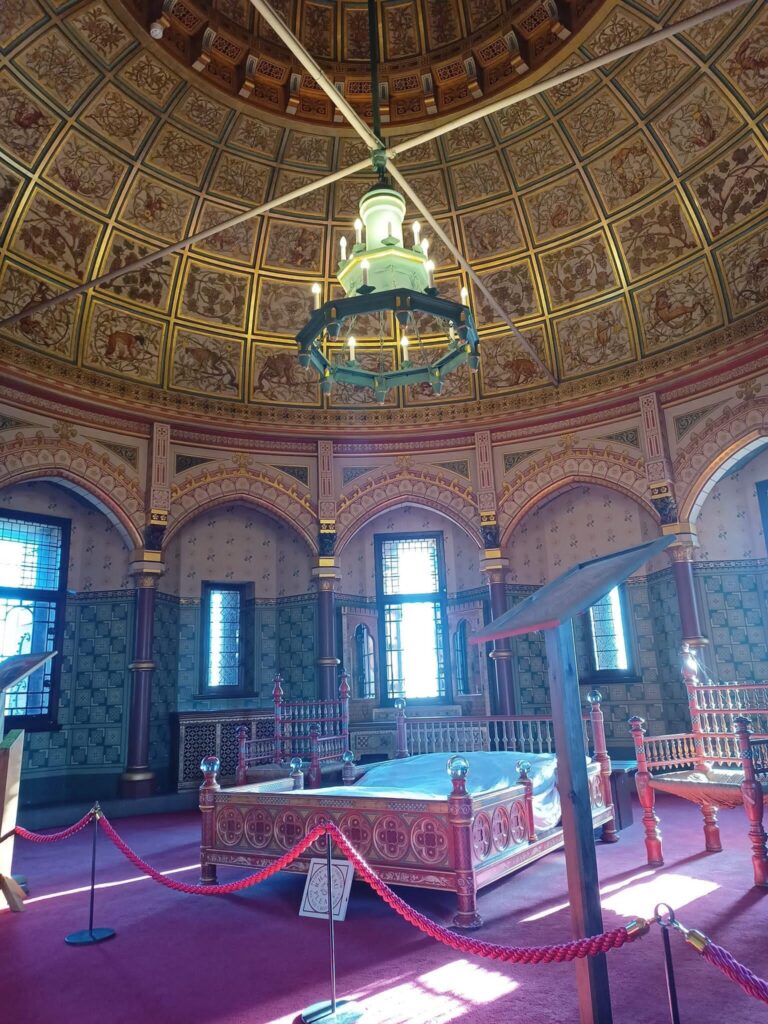
The banqueting hall feels more Victorian than medieval. The drawing room is spectacular. Very lavishly decorated. Both Lord and Lady Bute’s bedrooms have been designed to the medieval period (as was imagined in the Victorian era). It’s a very photogenic castle and photographers will have a blast.
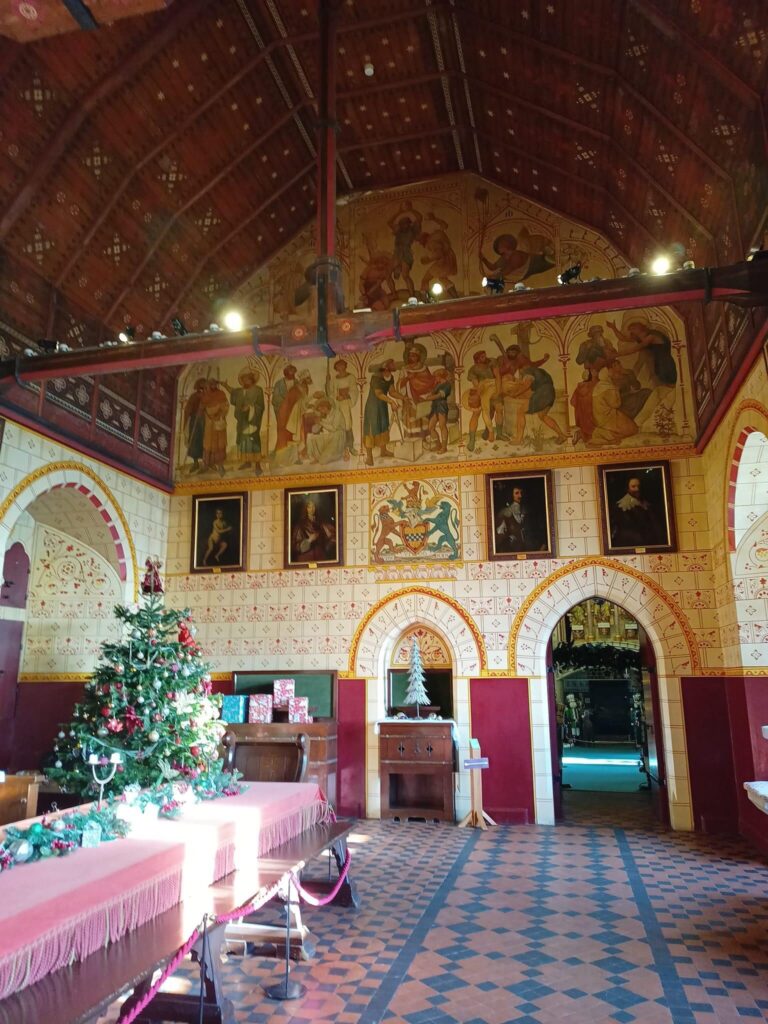
If you have the time and want to explore the surrounding area, the woods surrounding the castle are protected as a site of special scientific interest. The woods are accessible to the public. You will be walking in what are among the most westerly natural beech woods in the British Isles. The woods are also home to some rarer plants, such as the birds-nest orchid, the greater butterfly-orchids, dogs mercury (poisonous), wild garlic and pinesap.
Castell Coch is a fabulous visit. Okay, it’s a relatively modern castle, but it has been built on the site of two old castles and created with as much accuracy as possible to the medieval period, admittedly with a slightly Victorian twist. If someone offered me the keys tomorrow, the cats would be in the back of my car and we’d be on the way to our new home. I might even spend my days floating around in medieval costume…. Assuming I can wear thermals underneath and a cardi on top in winter.

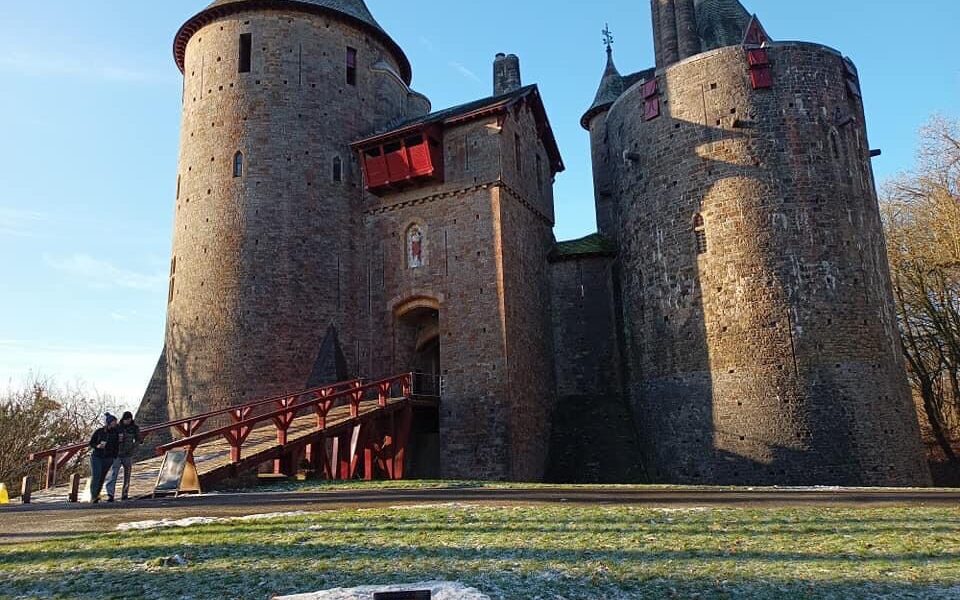
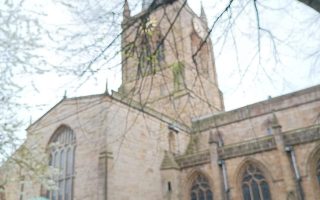




This post solved some questions I had, thanks.